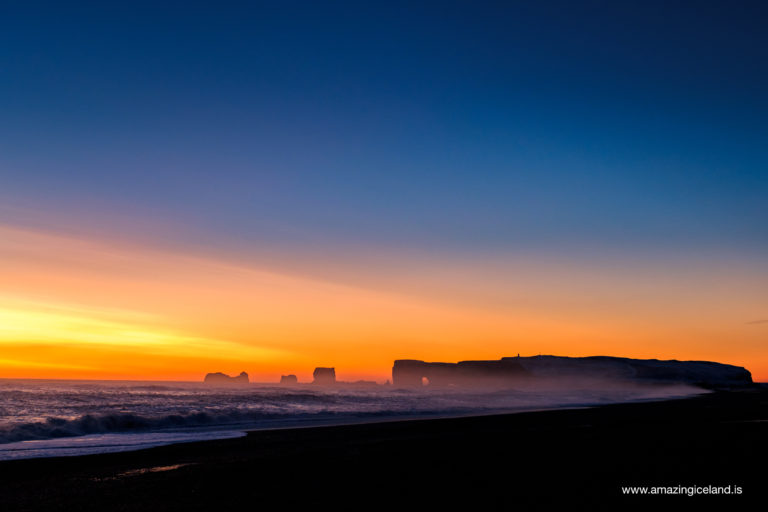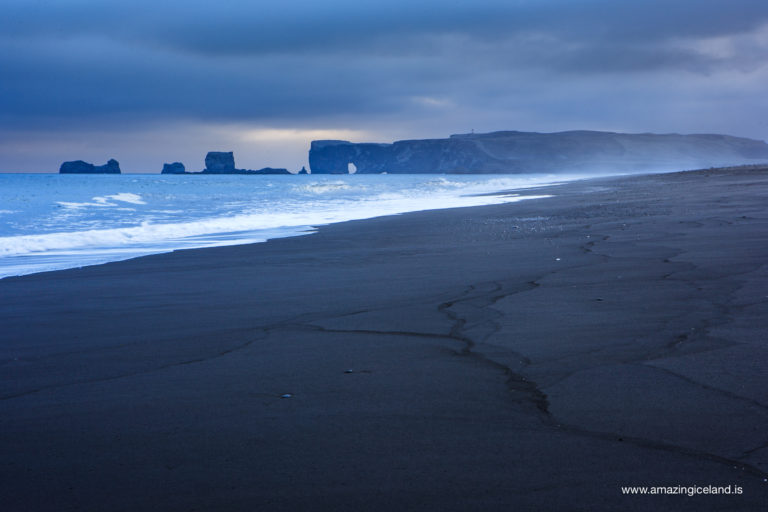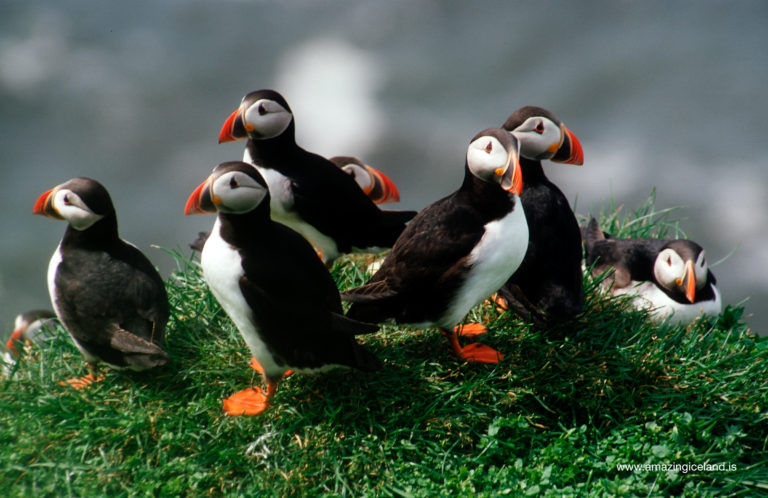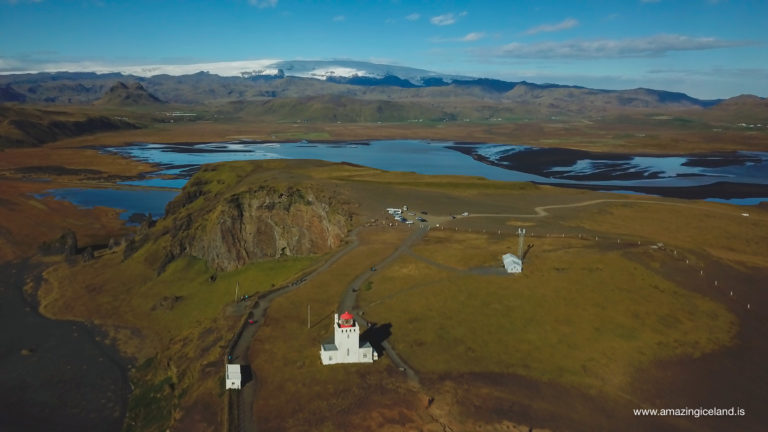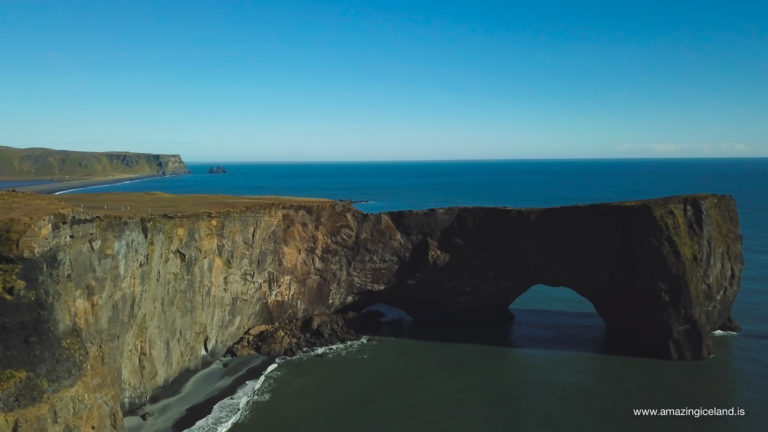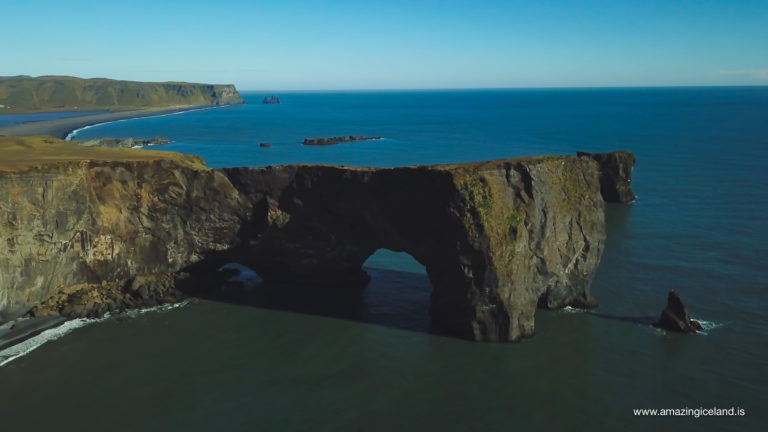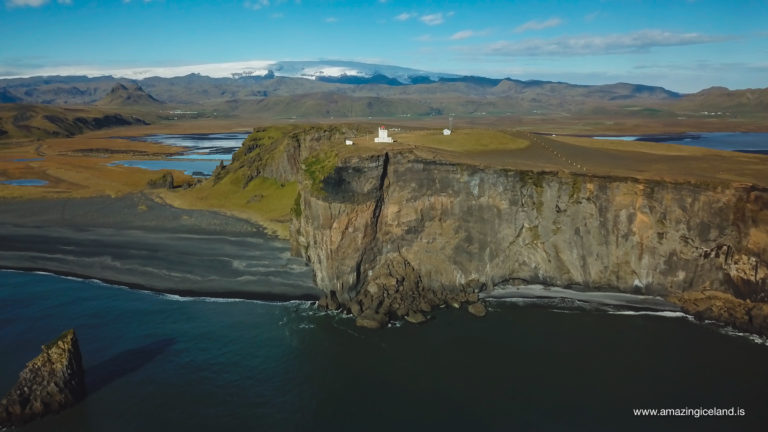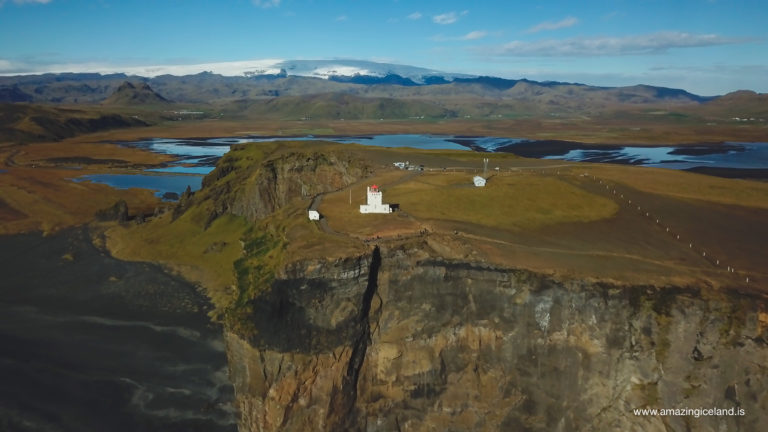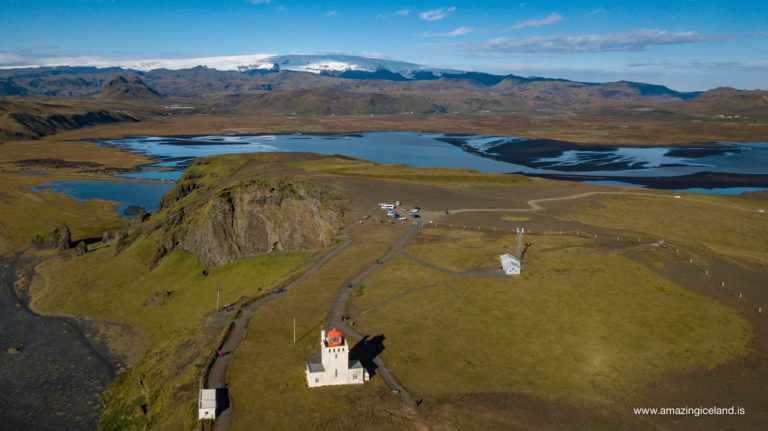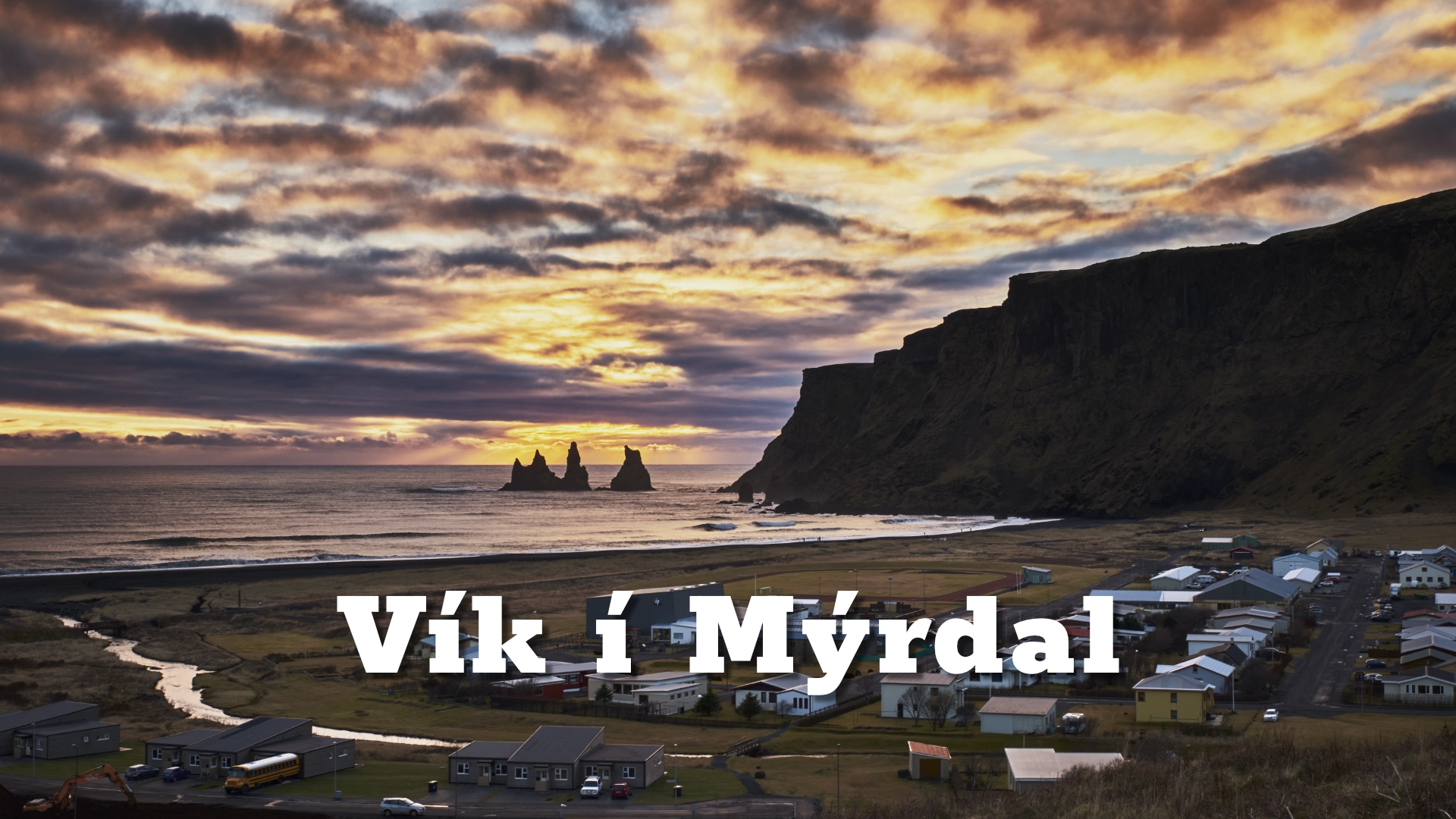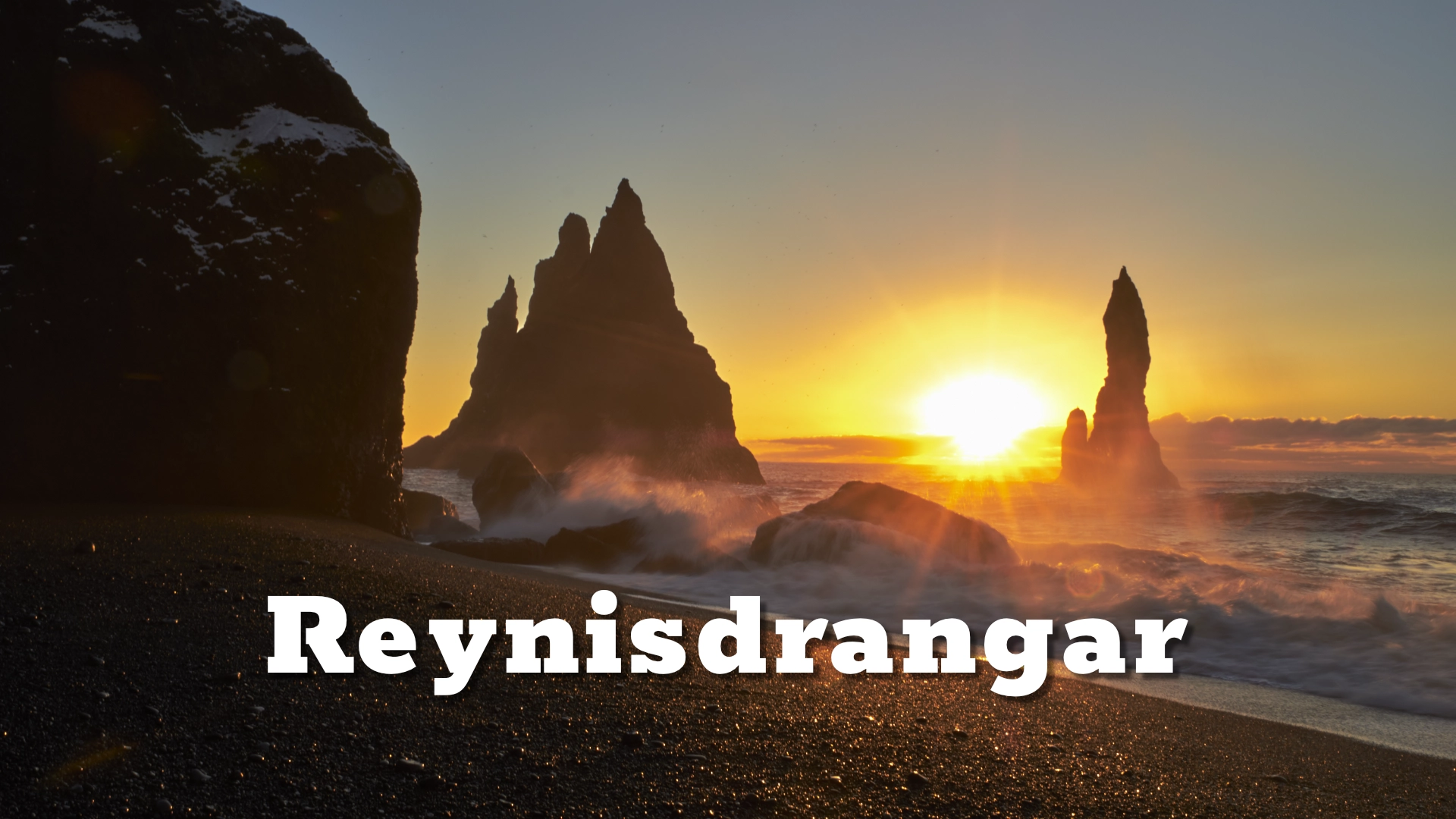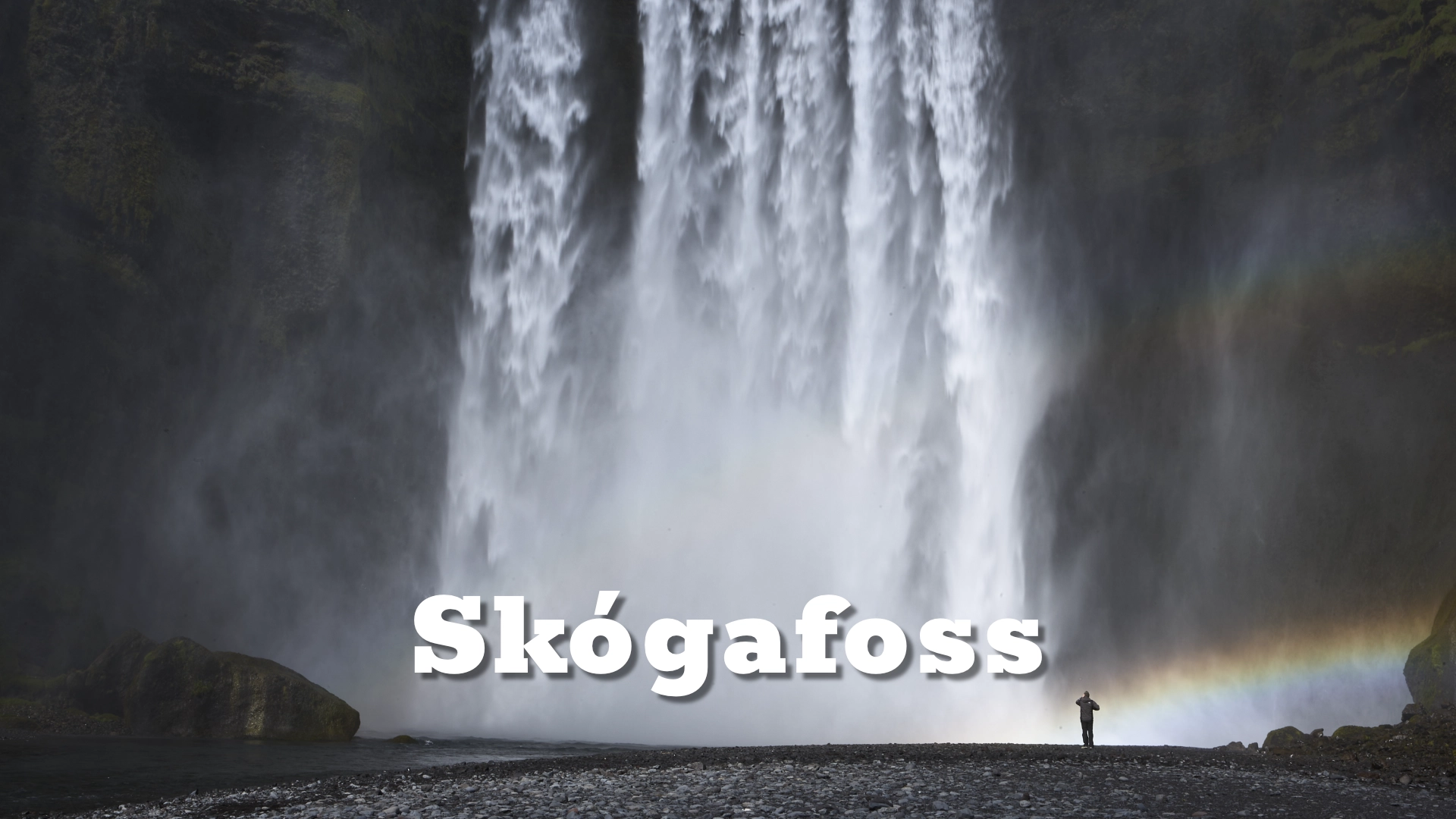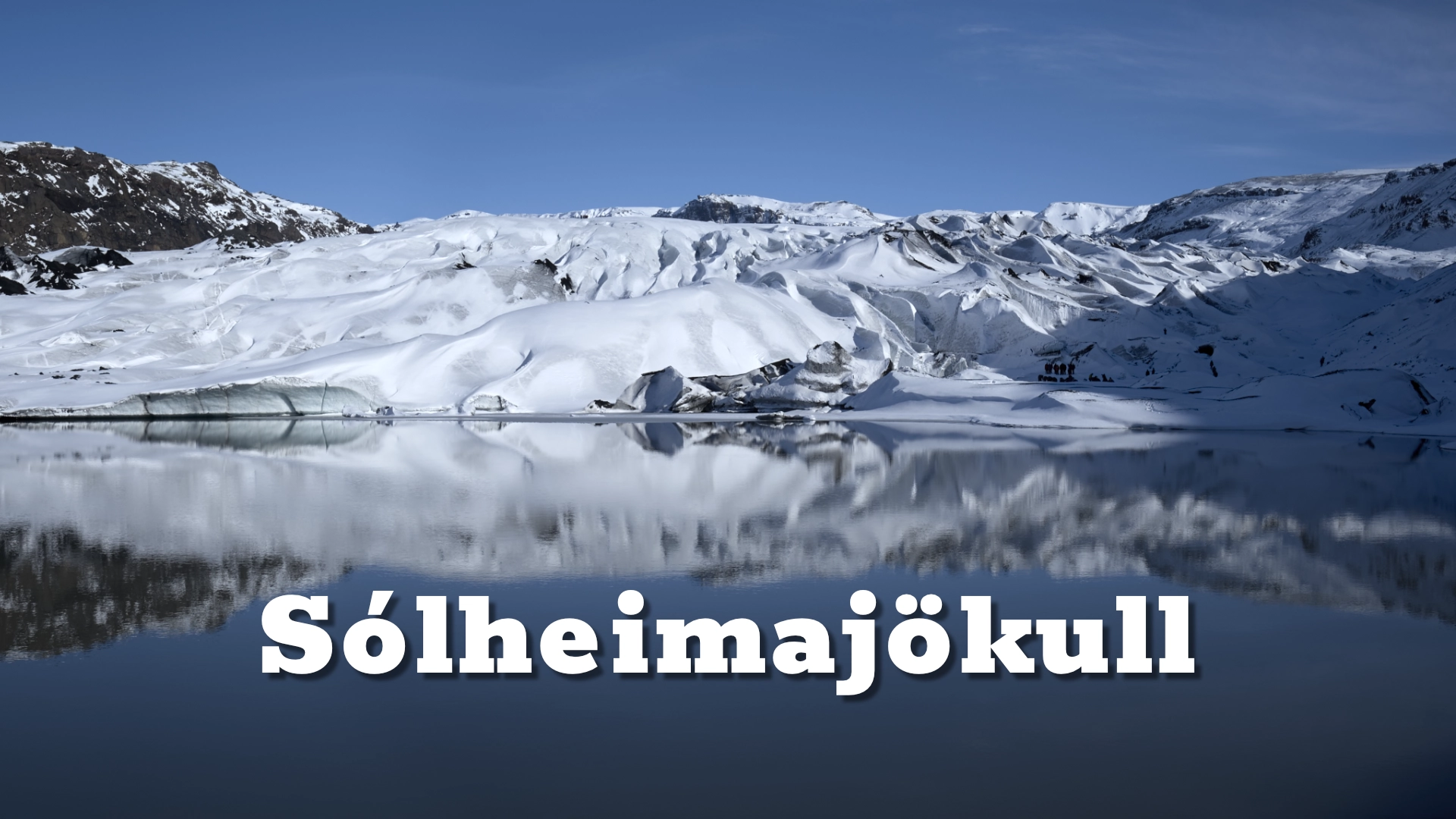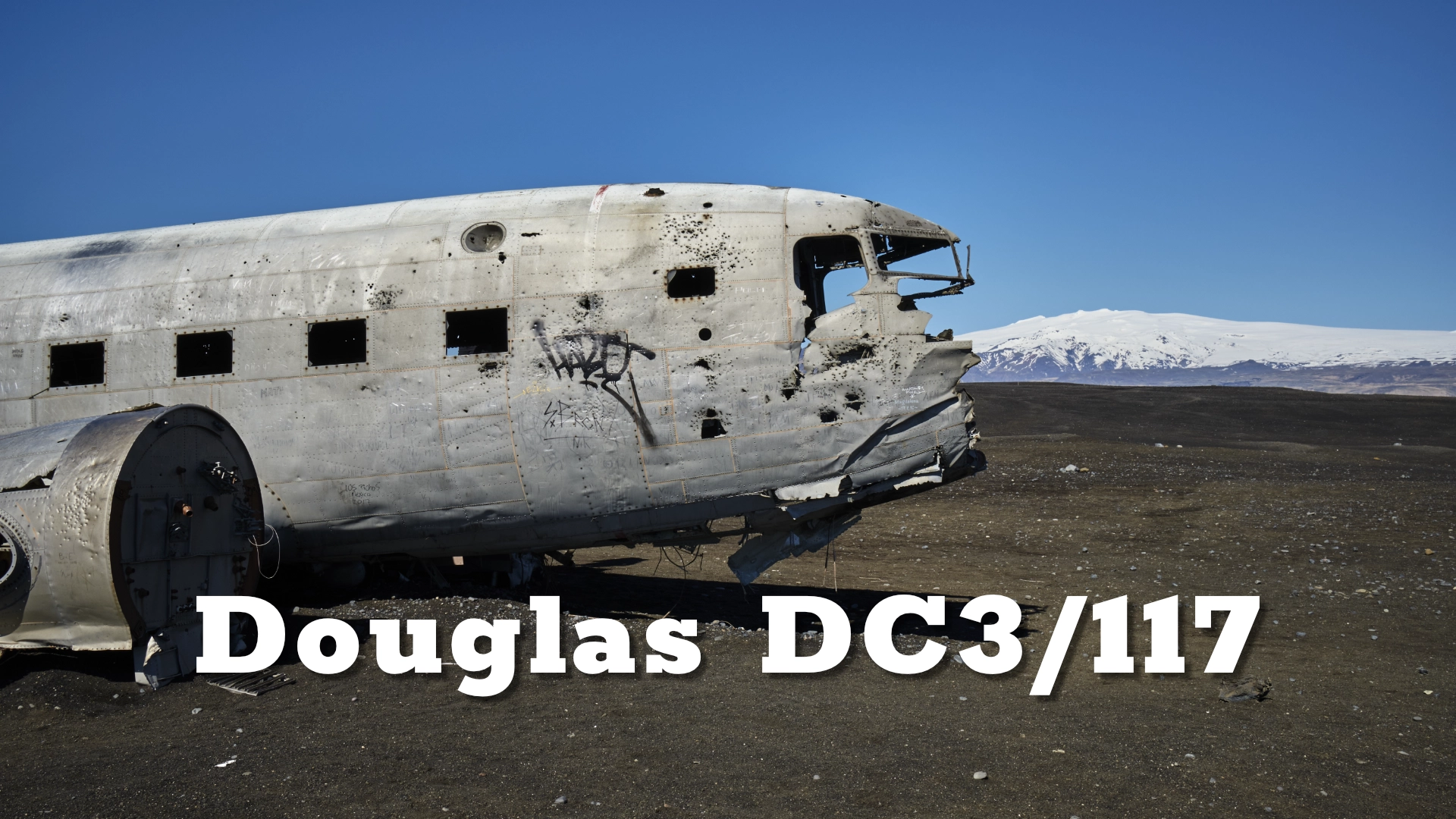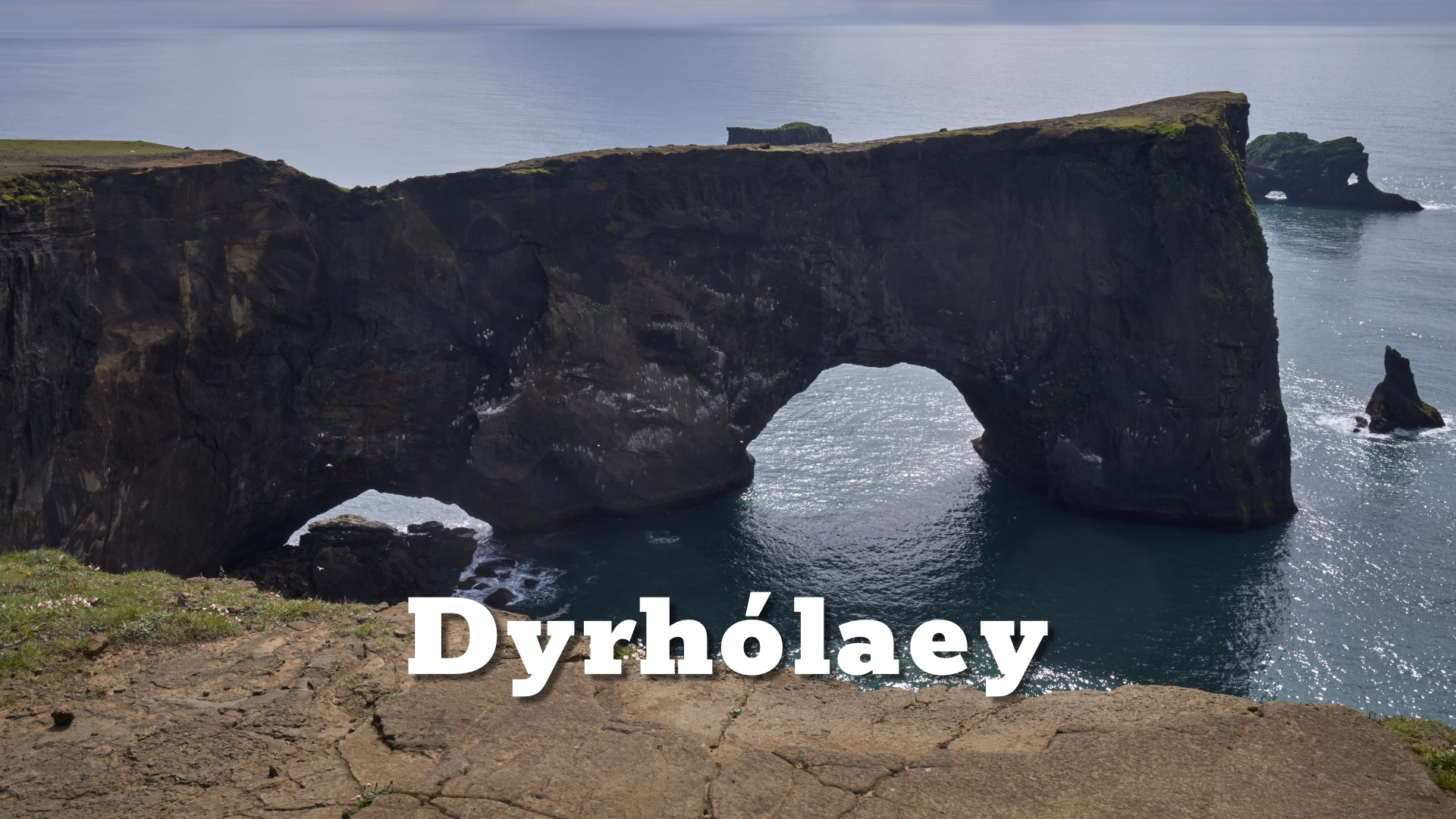
Due to the breathtaking view from the headland and rich birdlife Dyrhólaey is a very popular destination on the south coast of Iceland. From the cape you have view on a good day out to Westman Island and even Surtsey in the south and over towards Eyjafjallajökull volcano in the west and Mýrdalsjökull in the North. On the east side you have Reynisfjara black sand beach, Mt. Reynisfjall and Reynisdrangar sea stacks.
The location of Dyrhólaey Island in south iceland
Latitude
63.4075
Longitude
-19.1137
The Locomotive Elite
What do Donald Trump and Iceland’s Locomotive Elite have in common?
Far more than you think.
In The Locomotive Elite, you’ll uncover how a tiny clique in Iceland captured extensive control—of banks, courts, media, and even the central bank.
For decades they ruled, first democratically, then through corruption and in the end through crime, enriching themselves and their cronies while dismantling oversight.
The result?
One of the most spectacular financial collapses in modern history.
